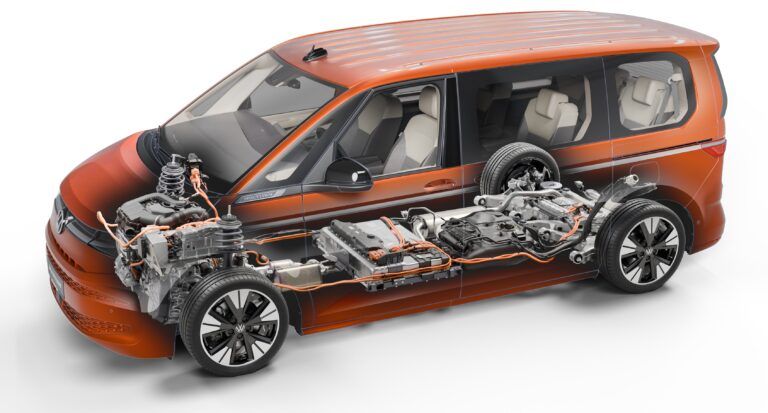Volkswagen Commercial Vehicles has introduced a plug-in hybrid all-wheel drive system for its Multivan and California models, combining electric driving capability with conventional hybrid technology and enhanced traction control.
The eHybrid 4Motion system uses two electric motors and a turbocharged petrol engine to provide what the company describes as a solution for van and camper van applications requiring electric operation, long-distance capability, and all-weather traction. The system enables purely electric driving for up to 95 kilometers when the 19.7 kWh battery is fully charged, with electric operation possible at speeds up to 130 km/h.
The drive configuration places one electric motor on each axle, with an 85kW front motor and a 100kW rear motor working alongside a 130kW 1.5-liter TSI engine. The system delivers a combined output of 180kW and maximum system torque of 350 Nm. Power distribution between axles is managed through Electronic Stability Control and can direct up to 100 percent of drive force to either the front or rear axle as conditions require.
Both models feature electric stationary air conditioning as standard equipment, allowing heating, cooling, and ventilation while parked or charging. The system operates for up to 30 minutes on external power or 10 minutes using the vehicle’s high-voltage battery. According to a German Federal Ministry study cited by Volkswagen, 95 percent of vehicle journeys are shorter than 50 kilometers, placing most trips within the electric-only range.
The hybrid strategy prioritizes electric power when the battery has sufficient charge, with the petrol engine engaging above 130 km/h, during kickdown acceleration, or when battery levels drop. In partial-load conditions, the petrol engine shuts off automatically, allowing the vehicle to coast or operate on electric power alone. WLTP consumption figures with a discharged battery range from 7.5 to 8.1 liters per 100 kilometers depending on equipment.
The rear electric motor automatically disengages above 130 km/h in most driving modes to optimize energy consumption, except in Sport mode where all-wheel drive remains active up to that speed. The system can maintain rear-wheel drive even when the battery is depleted by using the front motor as a generator powered by the TSI engine.
Technical features of the 1.5 TSI engine include a variable turbine geometry turbocharger, high-pressure fuel injection at 350 bar, and plasma-coated cylinder walls for friction reduction. The engine operates with lambda 1 efficiency across its entire operating range, meaning the fuel-air mixture maintains optimal combustion without running rich or lean.
The high-voltage battery consists of 96 cell modules with liquid cooling and offers nearly double the energy content of the previous front-wheel drive hybrid system. Charging capability has been enhanced to 11kW at AC stations and up to 50kW at DC rapid charging stations, with DC charging from 10 to 80 percent capacity possible in approximately 26 minutes.
The eHybrid 4Motion system replaces the previous 160kW front-wheel drive plug-in hybrid introduced in 2021, which used a smaller 1.4-liter engine and 10.4kWh battery. The new system represents an expansion of hybrid technology into the commercial van segment with enhanced capability for diverse applications.





